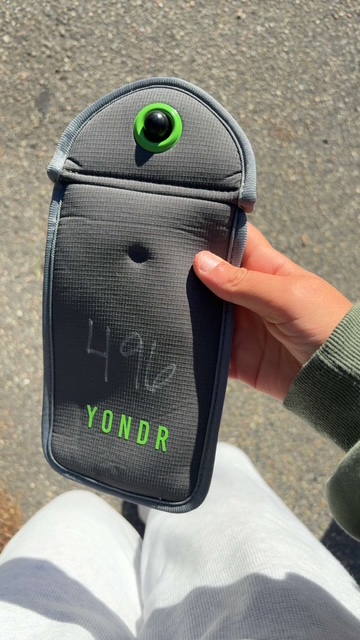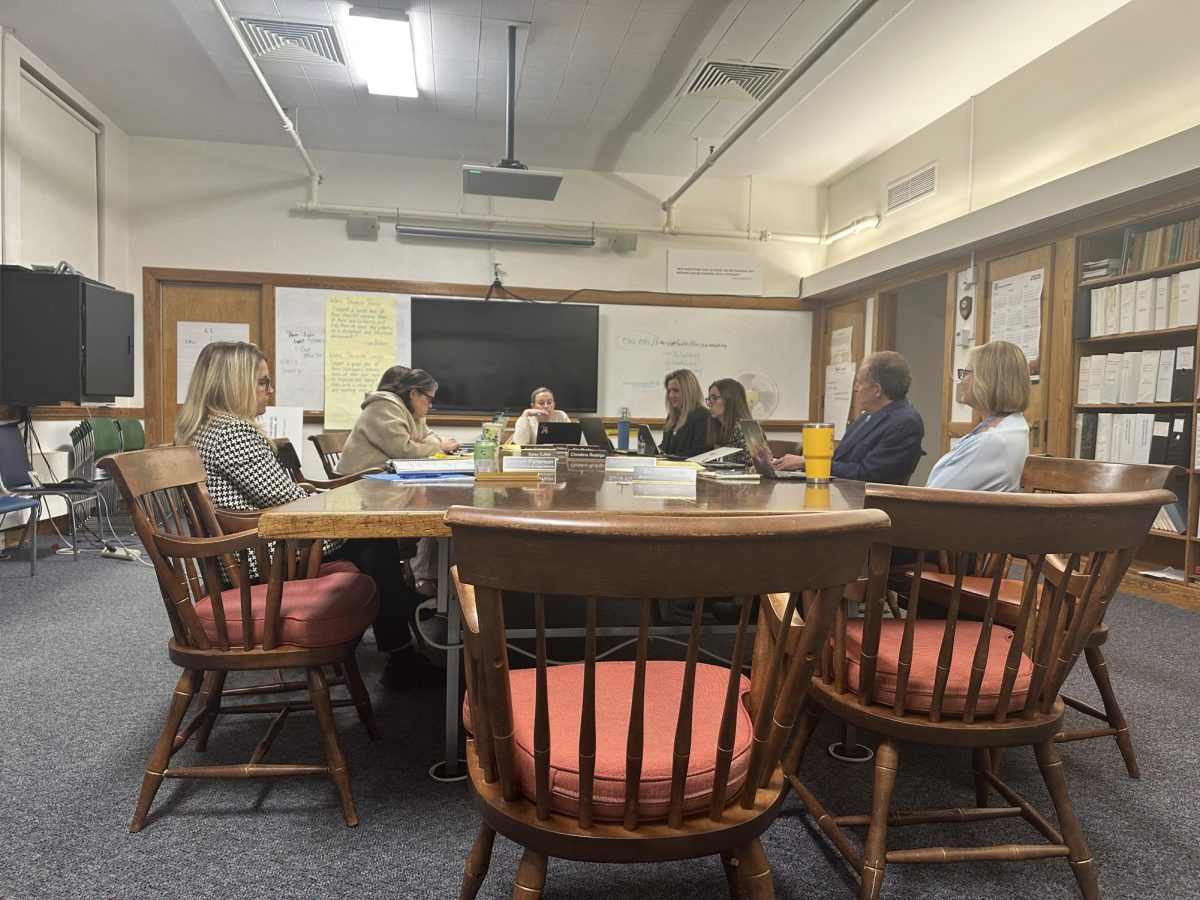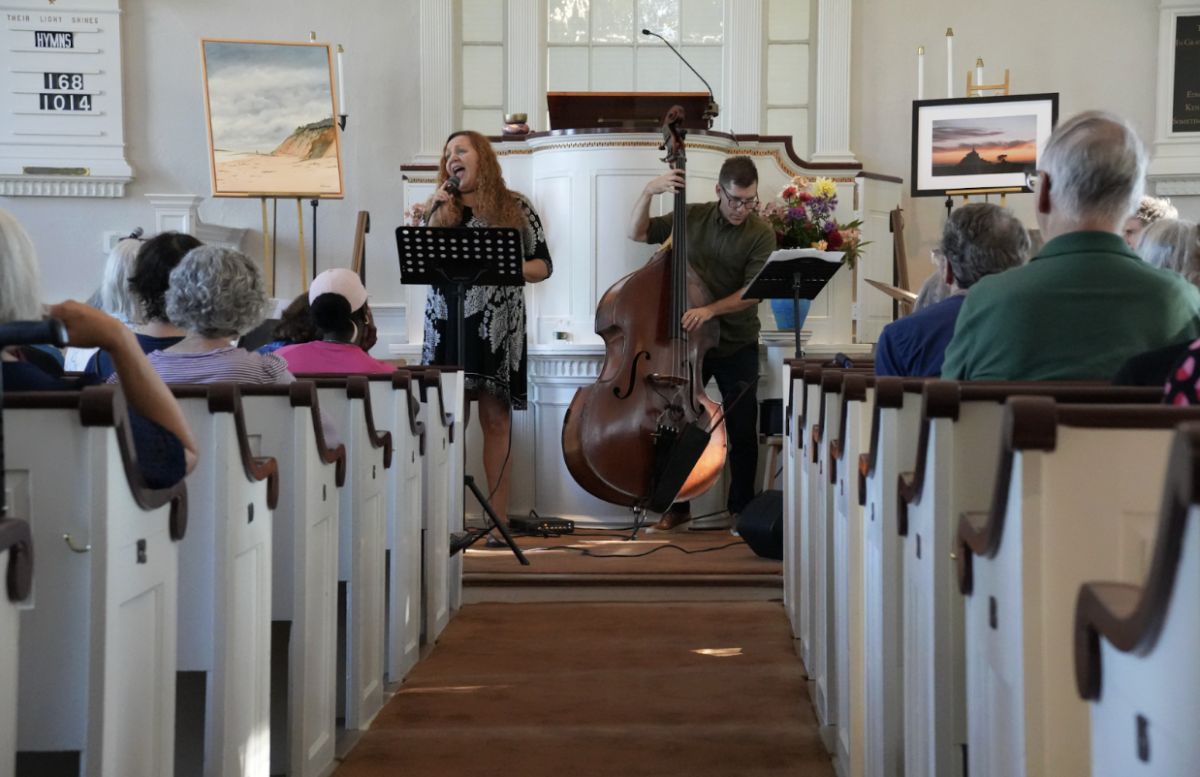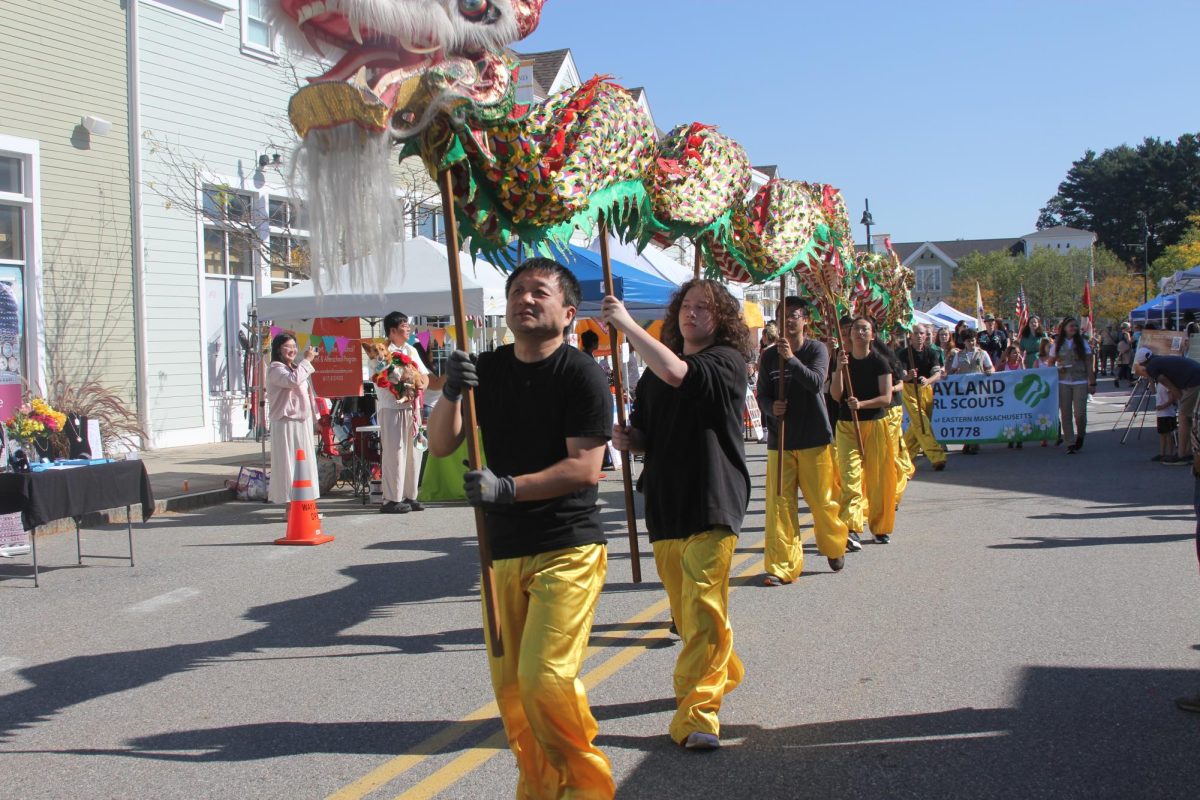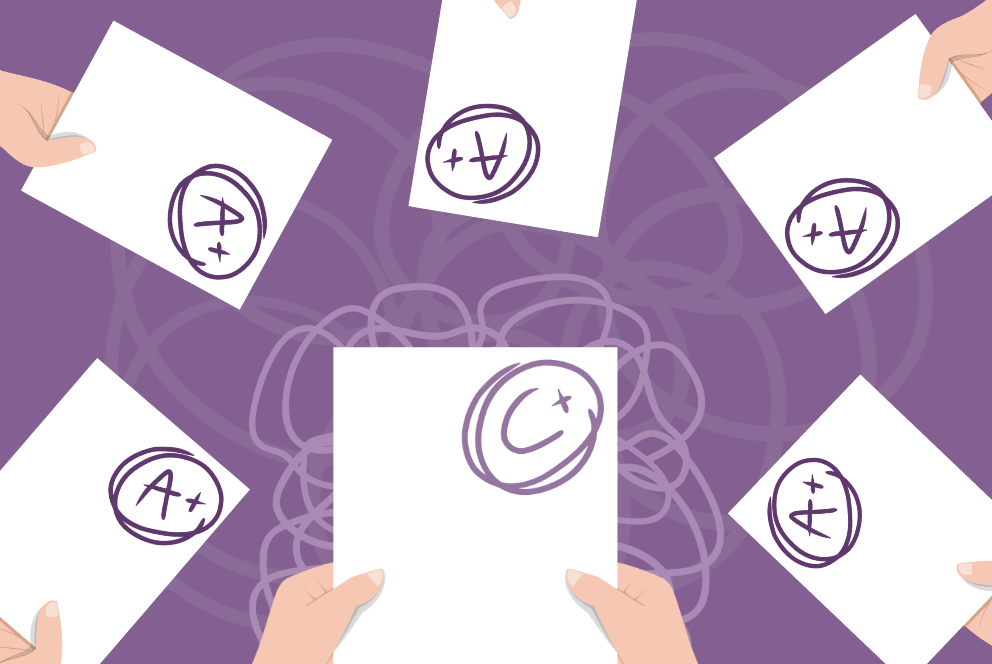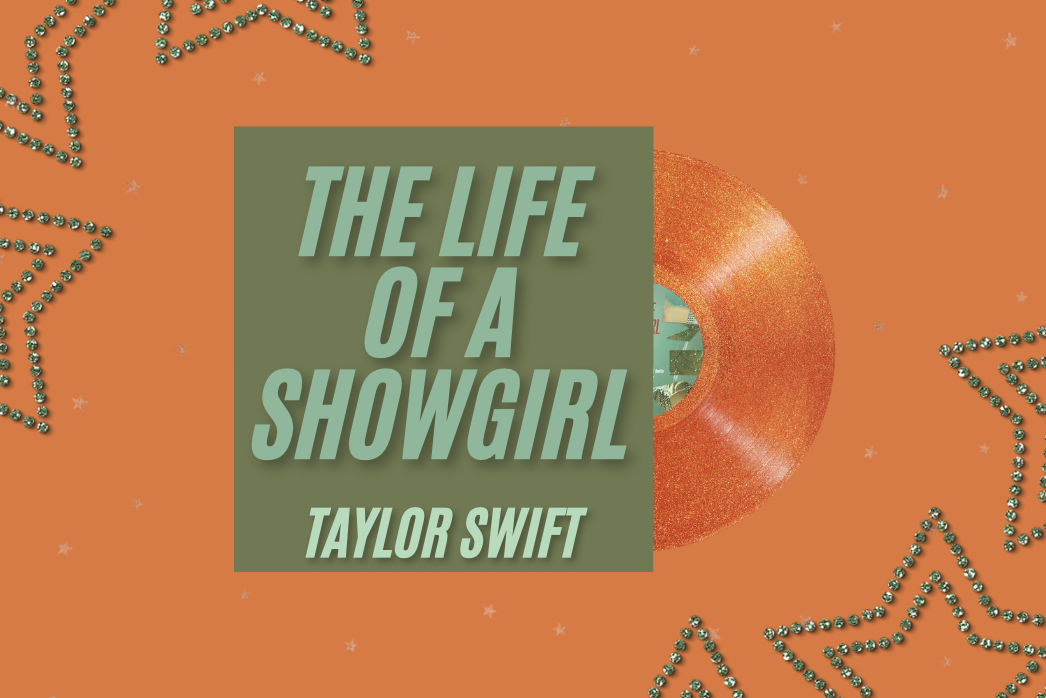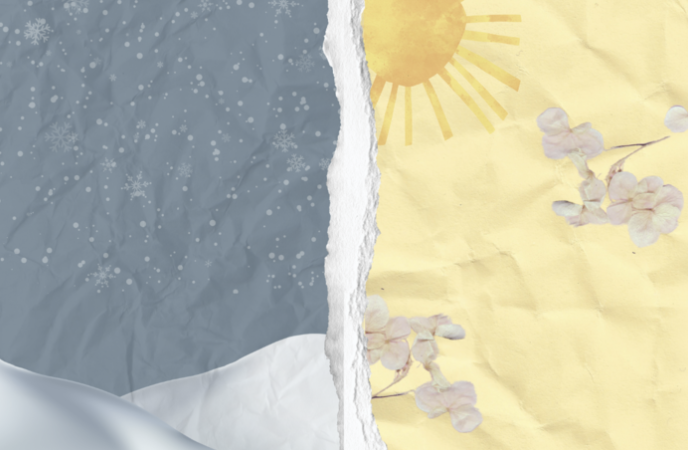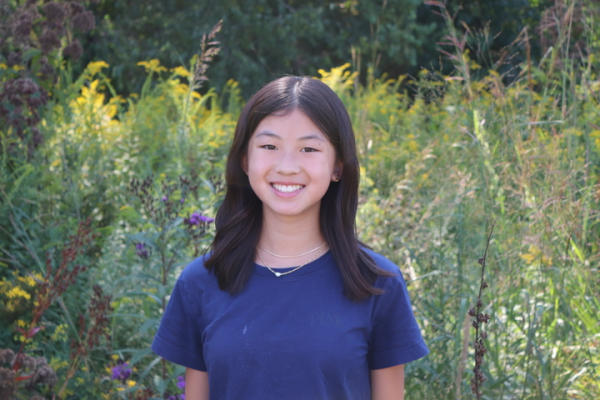With spring arriving, you may start to notice that you become more happy, you socialize more and you feel much better in general compared to the winter. For some people, these symptoms are part of a much larger scale because they have Seasonal Affective Disorder (SAD).
SAD is a type of depression that fluctuates along with the changing seasons throughout the year. Typically, symptoms start to show during the fall and last throughout the winter. Then, the symptoms seem to dissipate once spring hits.
“When the seasons change, a lot of changes go on inside the body,” wellness teacher John Berry said. “There’s a lot of atmospheric changes that affect mental health.”
So, why are SAD symptoms only prevalent during the winter? When it’s winter, the days are significantly shorter, and thus have much less sunlight. Without the extra hours of sunlight, vitamin D production goes down and serotonin — the chemical in the brain that causes happiness — levels also plunge. This causes some people to feel more sad and down. Melatonin is the hormone that regulates sleep patterns within the body. With the extra hours of darkness, melatonin levels go up, making some people sleepy and sluggish while their bodies are already struggling from lack of vitamin D, the energy booster.
“Not getting enough vitamin D can really impact your mood,” school psychiatrist Kate Gamwell said. “You [feel] more down, not as energetic, not as motivated.”
SAD usually occurs during adulthood, and women are more affected than men. However, 1.7%-5.5% of nine to 19 year olds get SAD. More than one in five people have a mental health illness and SAD is considered one of the illnesses that falls into the category, combating the notion that mental illness only affects a small population.
“The biggest misconception around all mental health issues is that only certain people will be affected or impacted,” Berry said. “Depression can really impact anyone.”
Symptoms of SAD are similar to general depression. The primary difference between SAD and general depression is that SAD only happens during certain seasons and seems to be “cured” during the other seasons, while general depression seems to persist throughout the year.
“The symptoms can be similar, but it’s really the why behind it,” wellness teacher Jennifer Reed said. “Seasonal depression can have an end for people when the seasons begin to change.”
How are high schoolers impacted by SAD? High schoolers all around the globe can be impacted by general depression. Sometimes this depression gets in the way of how well students are able to function emotionally and physically. This can be shown in a loss of interest in hobbies, grades dropping, change in personality and more tell-tale signs. For some high schoolers with SAD, this can mean that fall is when they start to express these symptoms, but during the spring, the symptoms seem to go away.
Some people may suspect they have SAD, however it is suggested to talk to a professional before self diagnosing. There are many people who are willing to help with the process of diagnosing, such as health care providers, a licensed counselor or a physiatrist.
“Always find a trusted adult,” Reed said. “This can be diagnosed by a doctor, a mental health provider, so you should never self diagnose. You often do that, so reach out to someone in the professional field.”
People diagnosed with SAD can enlist the help of various techniques to manage their symptoms. Some of these include using an artificial sun lamp, changing their diet to include more vitamin C, talking to a professional or having taking up hobbies.
“Being proactive and making sure things are [planned] are going to make you feel good and boost your mood naturally,” Gamwell said.
If WHS students are struggling with SAD or their mental health in general, they are always welcome to see Gamwell in her office to talk about their concerns and thoughts.
“I’m a good source within the school,” Gamwell said. “Anyone can come by and see me.”

